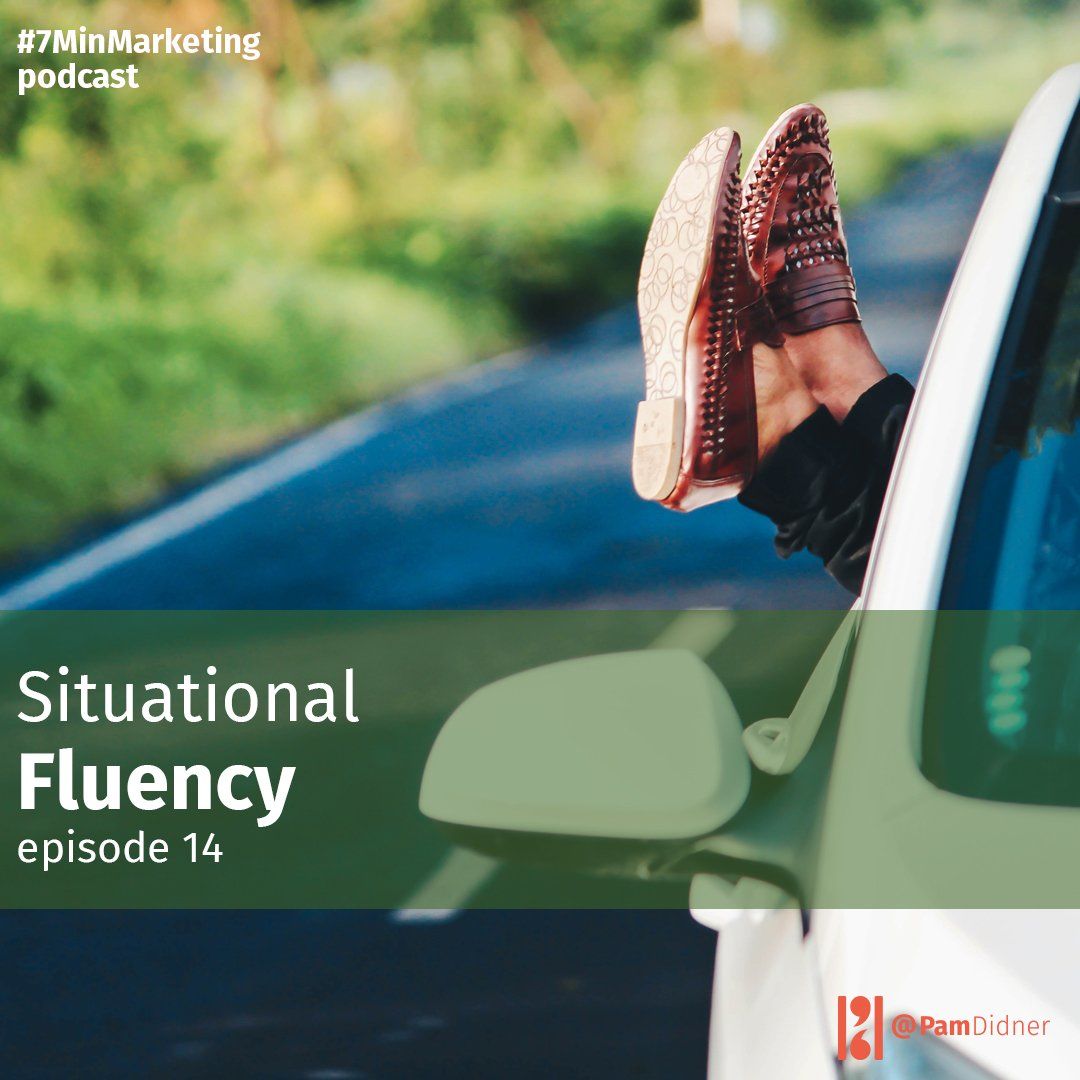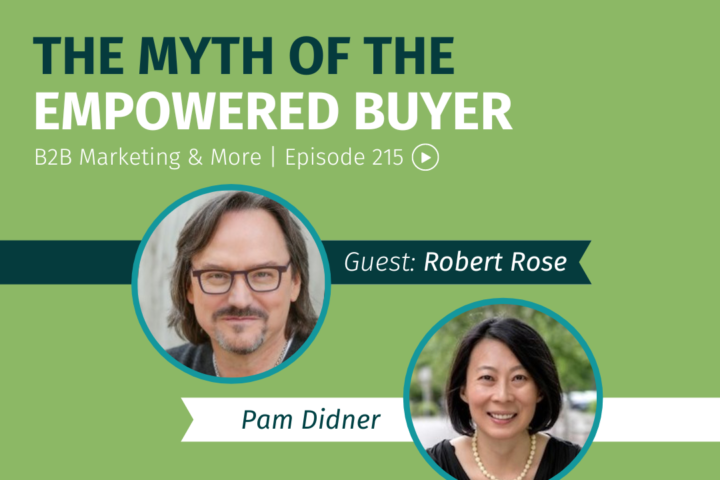
Today, I want to do something different! I want to share a term I’ve learned, it’s called situational fluency. That’s right, situational fluency.
Becoming Situationally Fluent
Recently, I read a book about Collaborative Sales by Keith Eades and Tim Sullivan. With pretty much almost all human knowledge on the Internet and at our fingertips, buyers know more about us than we do ourselves. They talk to everyone, except sellers, to get ins and outs about sellers’ companies, products, and services.
For big-ticket purchases on B2B, buyers do their homework! More than 50% of buyers contact sellers when they are halfway through the purchasing cycle. With that being said, sales can’t just follow structured scripts and rote steps. You still need training, sales scripts and sales methodology when you sell technologies or complicated products. That’s still very important. What’s changed dramatically is that you need to improvise based on what you know about buyers and what buyers know about you. BTW, buyers know a lot about you. Rather than selling to buyers, you need to “collaborate” with buyers. Understand what they know and guide them to what they don’t know. Sellers need to see themselves as a collaborator and be situational depending on buyers’ needs. This concept is nothing new, but being situational is increasingly more important than ever before.
Templates are good but you need to improvise
I teach marketing courses at universities. Students often ask me for templates. They want black-and-white answers. They want me to tell them to use this template in this situation, use that template for that situation. However, marketing is different from product to product, from industry to industry, even from company to company. Templates need to change based on situations. I always tell my students, I can give you templates, but you need to improvise and adjust the templates for the situations you find yourselves in. I encourage them to modify my templates, even ask them to share their modified templates with me and I am more than happy to write a blog post about it. What I told them is that only when they can modify my templates are they demonstrating a solid understanding of the processes they represent. It’s like learning basic waltz moves. Once you get the basics down you can finally let your creativity go and improvise as you go. You can create your own choreography and be situational no matter what types of waltz music are playing. You adapt as your mood moves you.
When you get advice from marketing experts or read steps from how-to books, don’t follow them without thinking. Analyze the situations you are in, take the essence of their instructions and modify as you see fit. Create your own formula!
Be situationally fluent. That’s my motto for this week.



